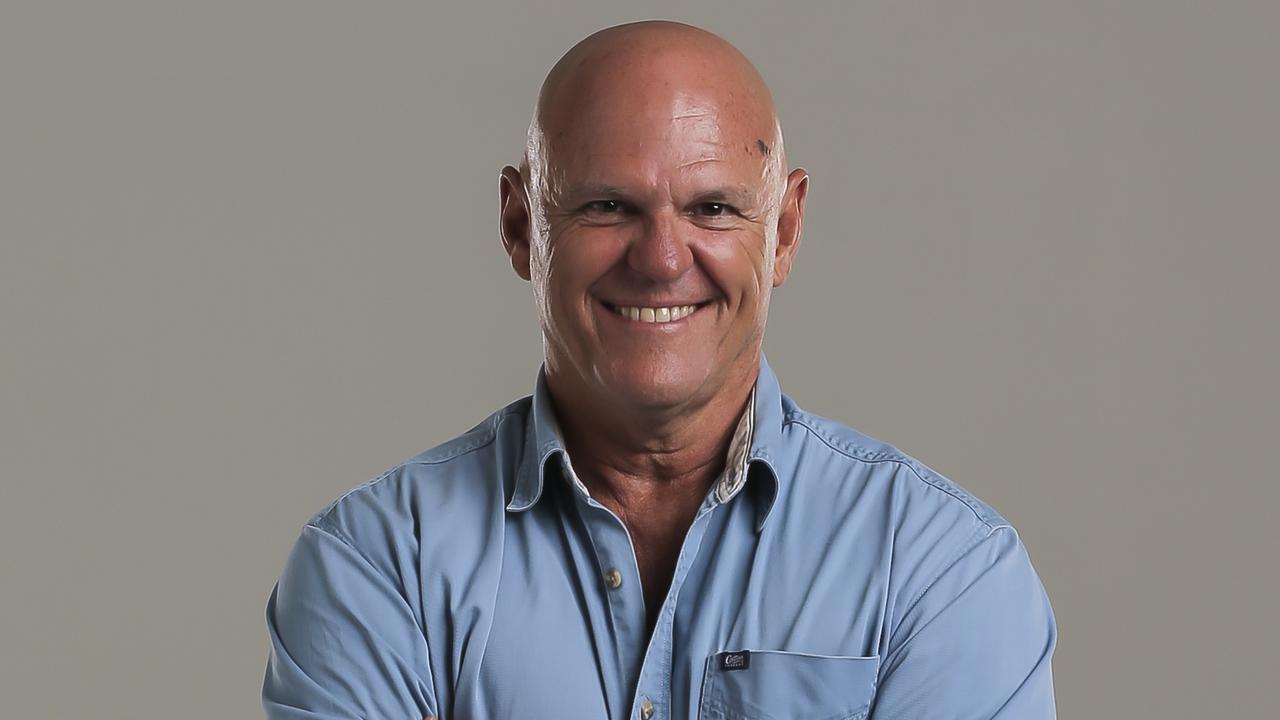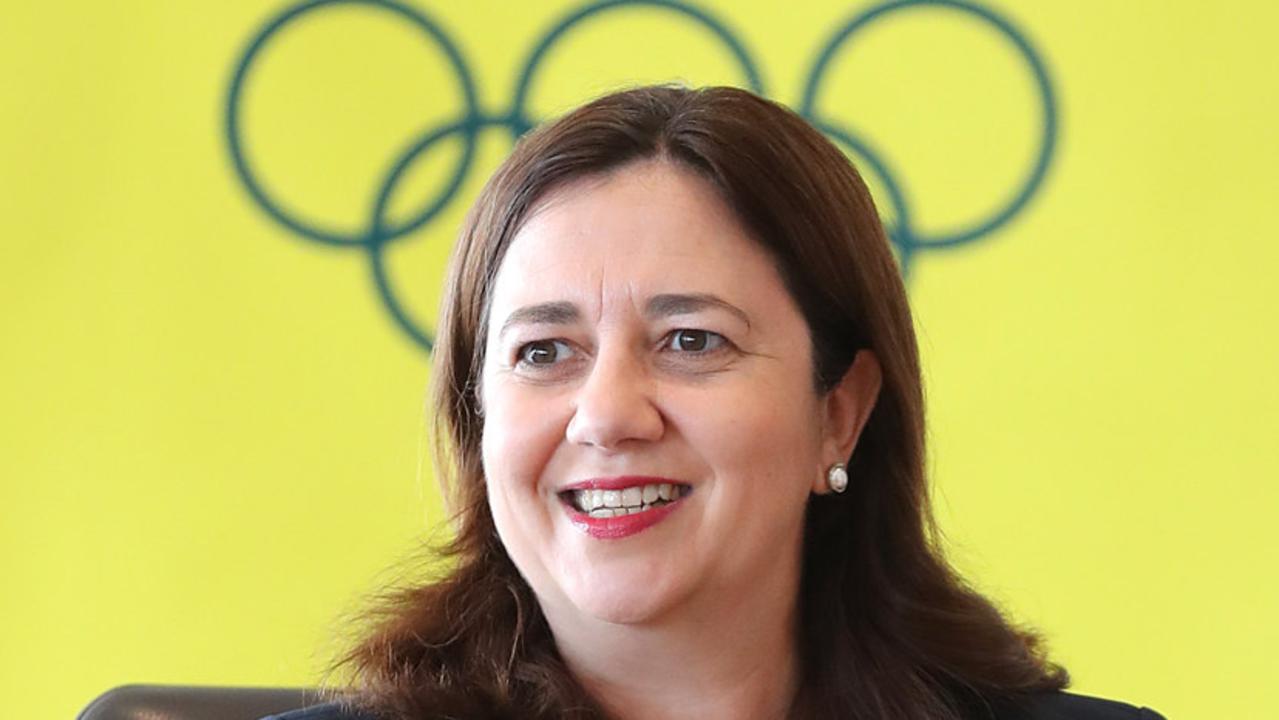Highlights of the past 12 Australian Budgets
SCOTT Morrison is just one of four treasurers in a dozen years who have steered the nation’s fortunes by pulling a range of fiscal levers, with varying degrees of success, writes Dennis Atkins.
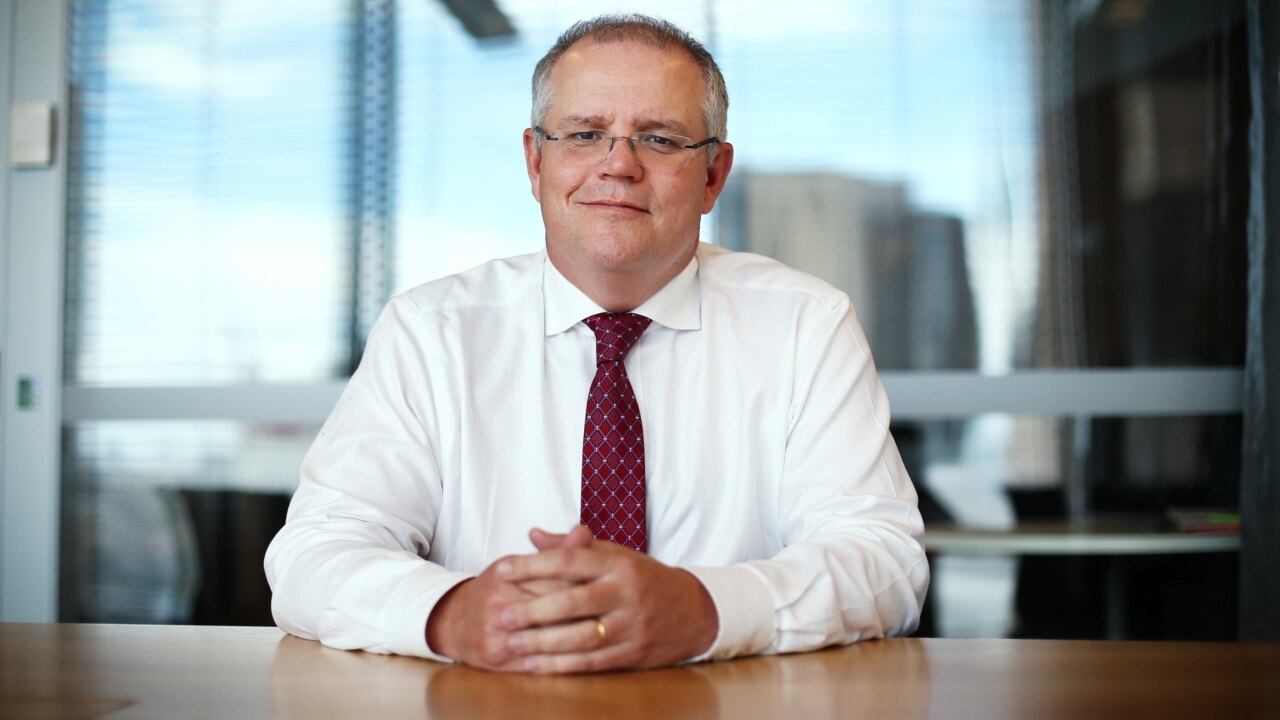
Opinion
Don't miss out on the headlines from Opinion. Followed categories will be added to My News.
FOUR treasurers in a dozen years. Scott Morrison will be expected to deliver in his third Budget after a rollercoaster ride in the nation’s fortunes thanks to the global financial crisis, writes Dennis Atkins.
2007-08
Peter Costello
May 8, 2007
■ Underlying cash surplus of $10.6 billion projected; $19.7 billion actual.
This was the fifth consecutive Budget in which the Howard government promised, and delivered, tax cuts — this time $31.5 billion over four years. There was also a $1.1 billion sweetener for low-income earners through direct payments into super accounts. A new perpetual higher education fund was set up with $5 billion in seed money. The childcare benefit was boosted by 10 per cent, giving cost-of-living relief to more than 700,000 families, and childcare tax rebates were paid in cash quickly. Infrastructure spending benefited from $22.3 billion for road and rail and $10 billion for water projects.
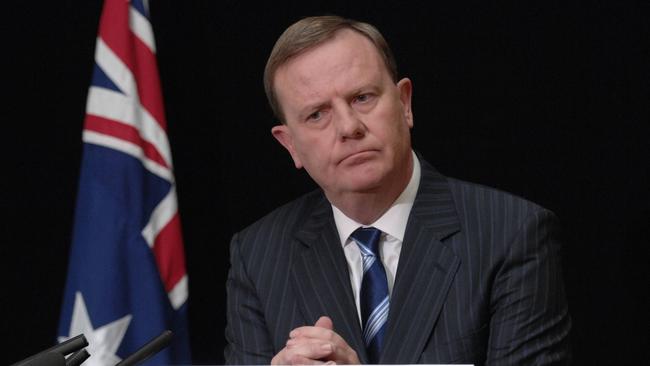
2008-09
Wayne Swan
May 13, 2008
■ Underlying cash surplus/deficit of $16.8 (surplus) projected; $27.1 billion (deficit) actual.
A $55 billion working families support package was the centrepiece of the Budget with the rest of the last Costello tax cuts, an education tax refund, a boost to the childcare tax rebate which would be paid quarterly, $2.2 billion to help young people get into the housing market while older Australians and carers would benefit from $2.4 billion in assistance for household bills. Three new nation building funds — focusing on national broadband and transport, capital spending for higher education and health and hospitals spending — were announced, supposedly to be paid for with existing and future surpluses (which didn’t eventuate).

2009-10
Wayne Swan
May 12, 2009
■ Underlying cash deficit of $57.6 billion projected; $52.9 billion actual.
Pensioners were the big winners with a $39 a week increase in the basic single payment costing the Budget $14 billion over four years. Otherwise, spending was aimed at preventing Australia slipping into recession in the face of the greatest global financial crisis since the 1930s. The measures taken included $22 billion for nation building such as roads, rail, clean energy, university infrastructure, bringing forward spending on health and hospitals, a small business assets tax break and extending the first home buyers scheme. The National Broadband Network was kicked off with a projected price tag of $43 billion.
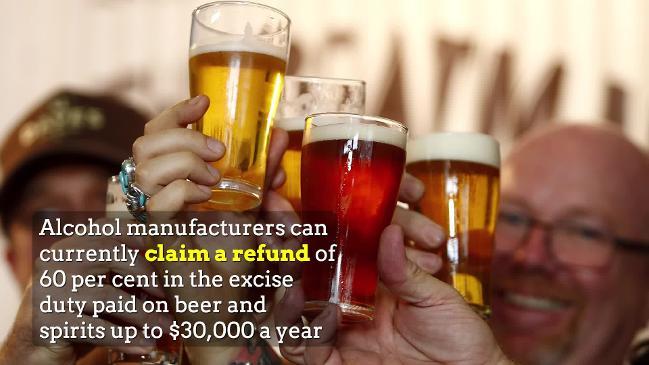
2010-11
Wayne Swan
May 11, 2010
■ Underlying cash deficit of $40.8 billion; $47.7 billion actual.
A new infrastructure fund was established, with $5.6 billion for major projects and $1 for rail networks. Health and hospitals were provided with $7.3 billion over five years, while $2.2 billion was proposed for GP super clinics, after-hours services, nurse training and a new system of electronic patient records. An increase in the Super Guarantee to 12 per cent was included (but not yet delivered) and company tax was cut to 29 per cent, and to 28 per cent for smaller firms, and there was a new instant asset write off for small enterprises. Another feature was a $650 million renewable energy fund.
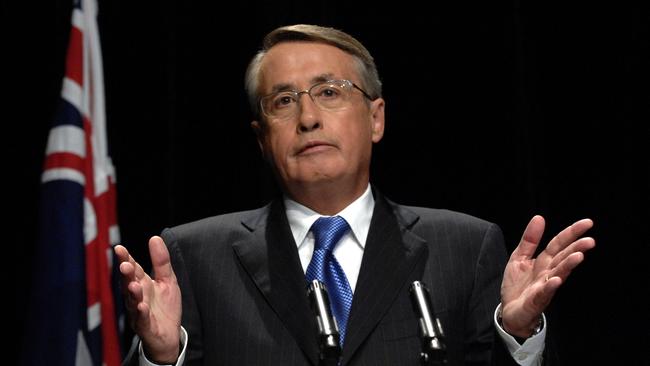
2011-12
Wayne Swan
May 10, 2011
■ Underlying cash deficit of $20.3 billion projected; $43.4 billion actual.
This Budget was mistakenly based on “preparing for Mining Boom Mark II” which still hasn’t been seen. As a result many of the measures were marking time or rebadging older spending proposals, including infrastructure which featured $36 billion for roads, rail and ports with the biggest single commitment being $1 billion for the Pacific Highway. An extra $850 million was set down for education, including new money to reward the best performing teachers, support for children with disabilities and extending the schools chaplaincy program. A low-income tax offset was brought forward to get cash into family budgets and some family tax benefits were boosted.
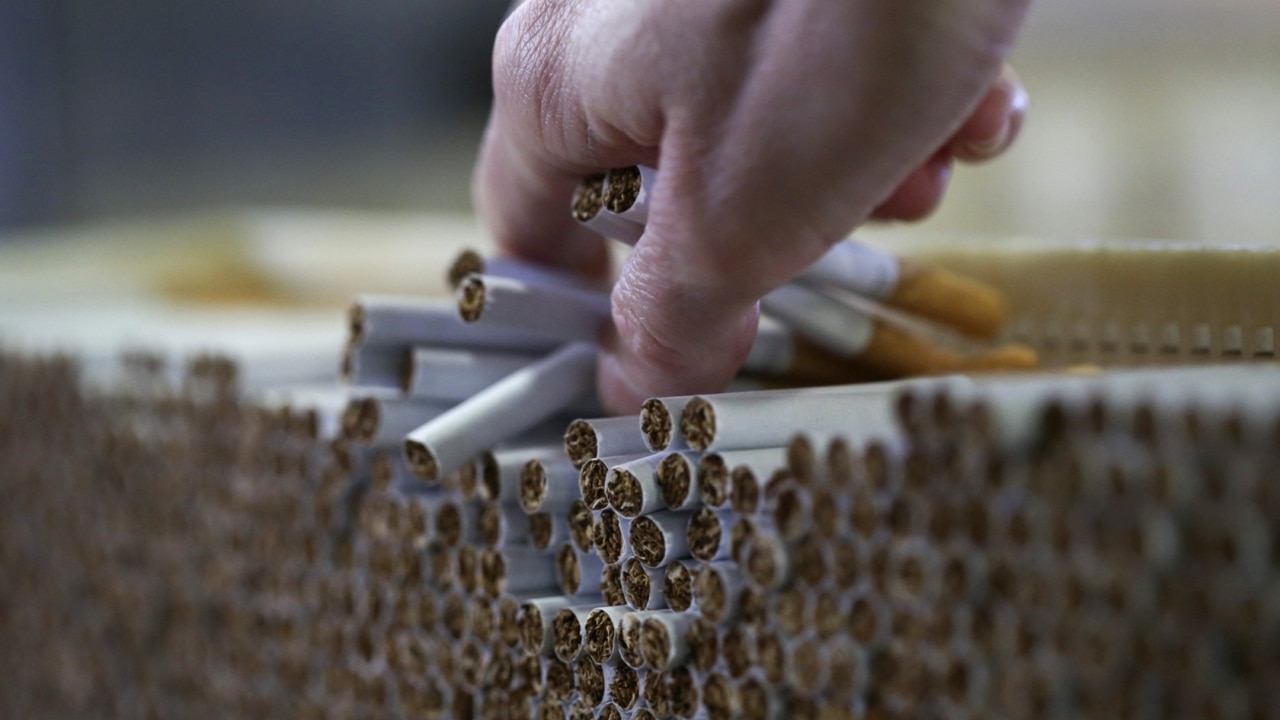
2012-13
Wayne Swan
May 8, 2012
■ Underlying cash surplus/deficit of $1.5 billion projected; $18.8 billion (deficit) actual.
This was a relatively modest spending Budget in an unsuccessful bid to steer the nation’s books back into the black. Measures to ease increasing cost of living pressures were headed by $1.8 billion for all eligible families receiving Tax Benefit A followed by $1.1 billion for a new supplementary allowance for the unemployed, students and parents with young children on income support. A new schoolkids bonus was introduced and the first spending for the National Disability Insurance Scheme was in this Budget. New health spending featured $515 million on dental services.
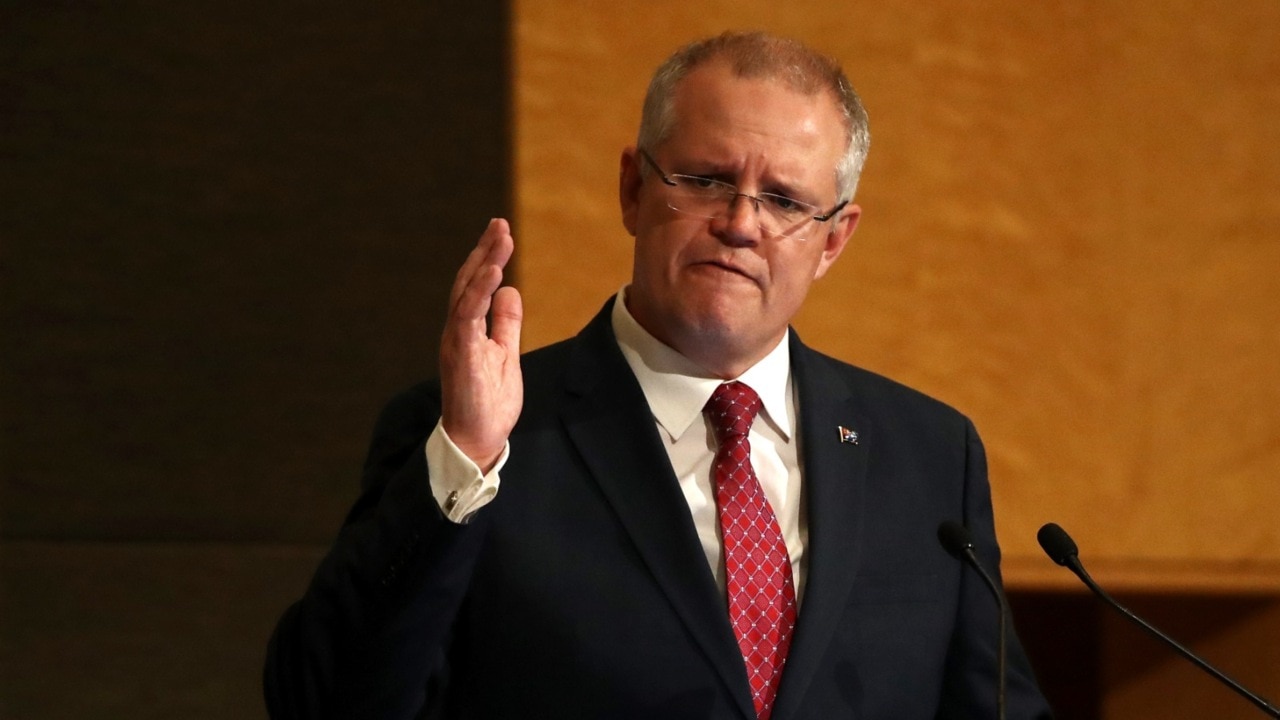
2013-14
Wayne Swan
May 14, 2013
■ Underlying cash deficit of $18 billion projected; $48.5 billion actual.
Labor’s last Budget had a cash splash for education, born out of the Gonski Reforms and topped with a $9.8 billion investment over six years from 2014-15. This is headed with the national plan for school improvement, described as “a once-in-a-generation reform to Australia’s schools”. There was also record funding for early childhood education, costing $1.1 billion. DisabilityCare Australia received the first instalment of $14.9 billion over five years and capital city infrastructure was boosted with another tranche of about $10 billion. A quarter of a billion was included for cancer prevention, research and care, and almost $700 million for new listings under the Pharmaceutical Benefits Scheme.
2014-15
Joe Hockey
May 13, 2014
■ Underlying cash deficit of $29.8 billion projected; $39.7 actual.
The first Joe Hockey/Tony Abbott Budget hit hard and failed in the Senate. Cuts across the board were seen as unfair and stamped the new government as one that broke promises. A highly unpopular plan to introduce a Medicare co-payment for visiting the GP — which was stalled and later dropped. There was also a temporary budget repair levy which applied to all taxpayers earning more than $180,000 and pensions were squeezed through a new indexing formula. The indexation of the fuel excise — dropped after the GST was introduced — was brought back to fund road building.
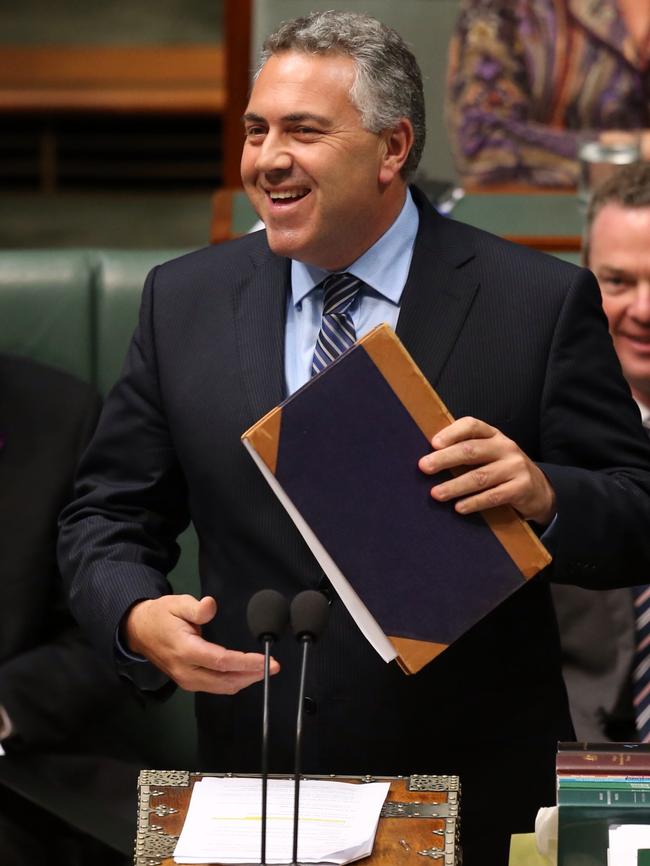
2015-16
Joe Hockey
May 12, 2015
■ Underlying cash deficit of $35.1 billion projected; $39.6 actual.
A carrot and stick attempt to boost the number of Australians getting into the workforce. Access to work experience was made easier and there was a new focus on greater flexibility in wage subsidies. The big stick was to make job seekers aged 25 or less wait four week before getting any benefits — something that didn’t survive the Senate and has finally been dropped. A childcare package included a safety net for vulnerable, disadvantaged and additional needs children. The good news in this Budget was $5.5 billion jobs and small business package which included a tax cut for 95 per cent of all Australian incorporated companies.
2016-17
Scott Morrison
May 3, 2016
■ Underlying cash deficit of $37.1 billion projected; $37.6 billion (updated projection).
The 10-year enterprise tax plan (still held up in the Senate) was at the heart of a “jobs and growth” package which the government said would see the nation “transition from the mining investment boom to a stronger, more diversified, new economy”. The three pillars supporting this strategy were sticking to this economic framework, closing off generous super concessions, combating tax avoidance and driving Budgetary discipline. The Melbourne to Brisbane Inland Railway made its debut as a major project and $2 billion was allocated for a loan facility to fund water projects including major dams and weirs.
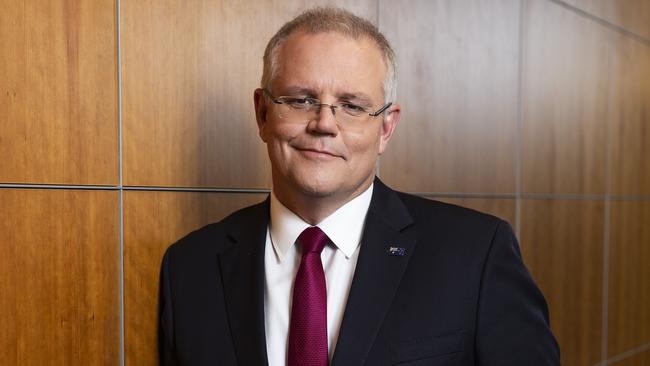
2017-18
Scott Morrison
May 9, 2017
■ Underlying cash deficit of $29.4 projected.
This was the bash-the-bank Budget with a new levy set to collect $6.2 billion over four years and a 0.5 per cent jump in the Medicare levy to fund the National Disability Insurance Scheme. University fees were hiked and the level of earnings for repaying the higher education contribution was dropped. Welfare recipients were to be subject to random drug testing and the cashless debit card would be trialled at two locations. One big winner was schools which were budgeted to get $18.6 billion in new money over 10 years. There was a sting for roll-your-own smokers who had their cigarettes taxed at the same higher rate as those in packets.

